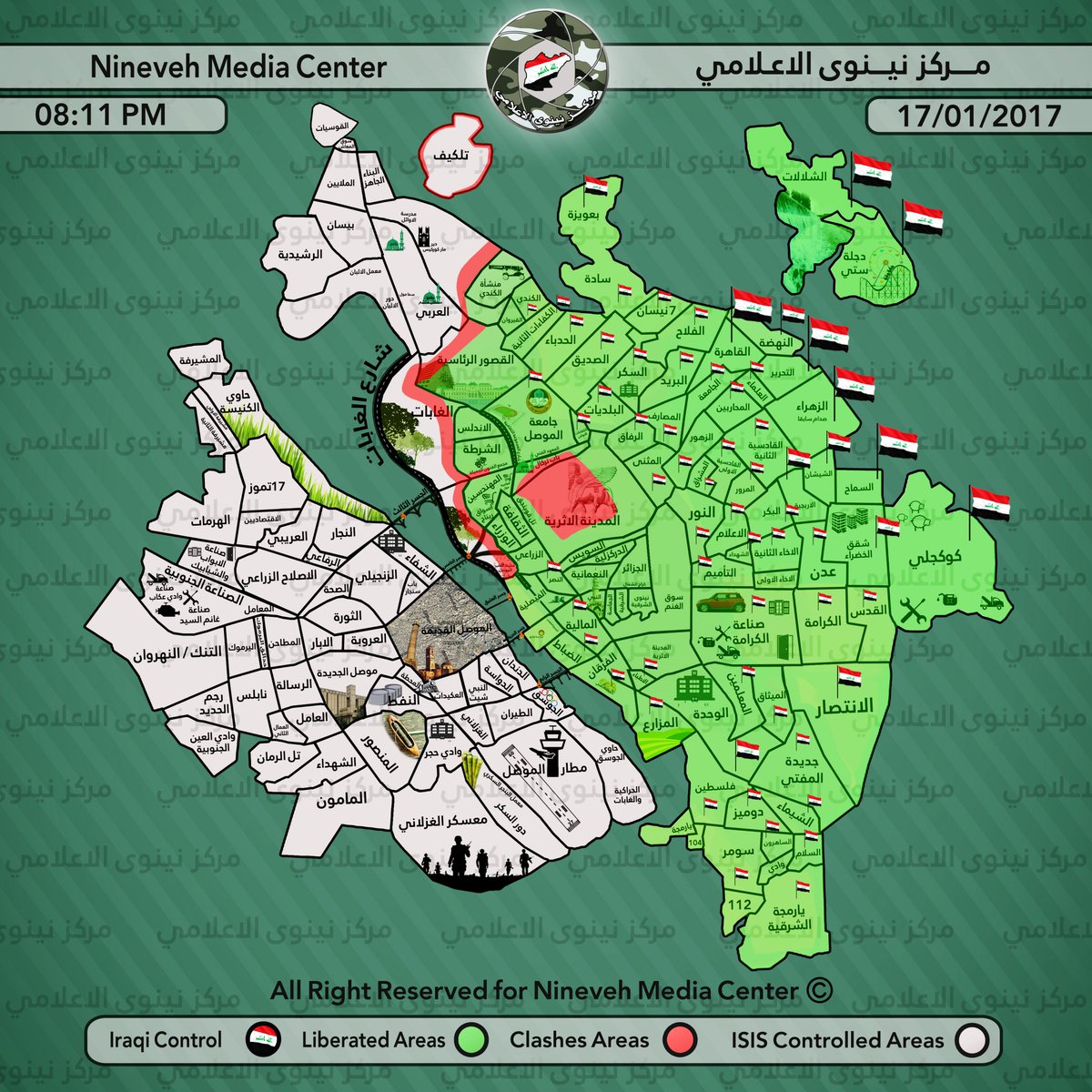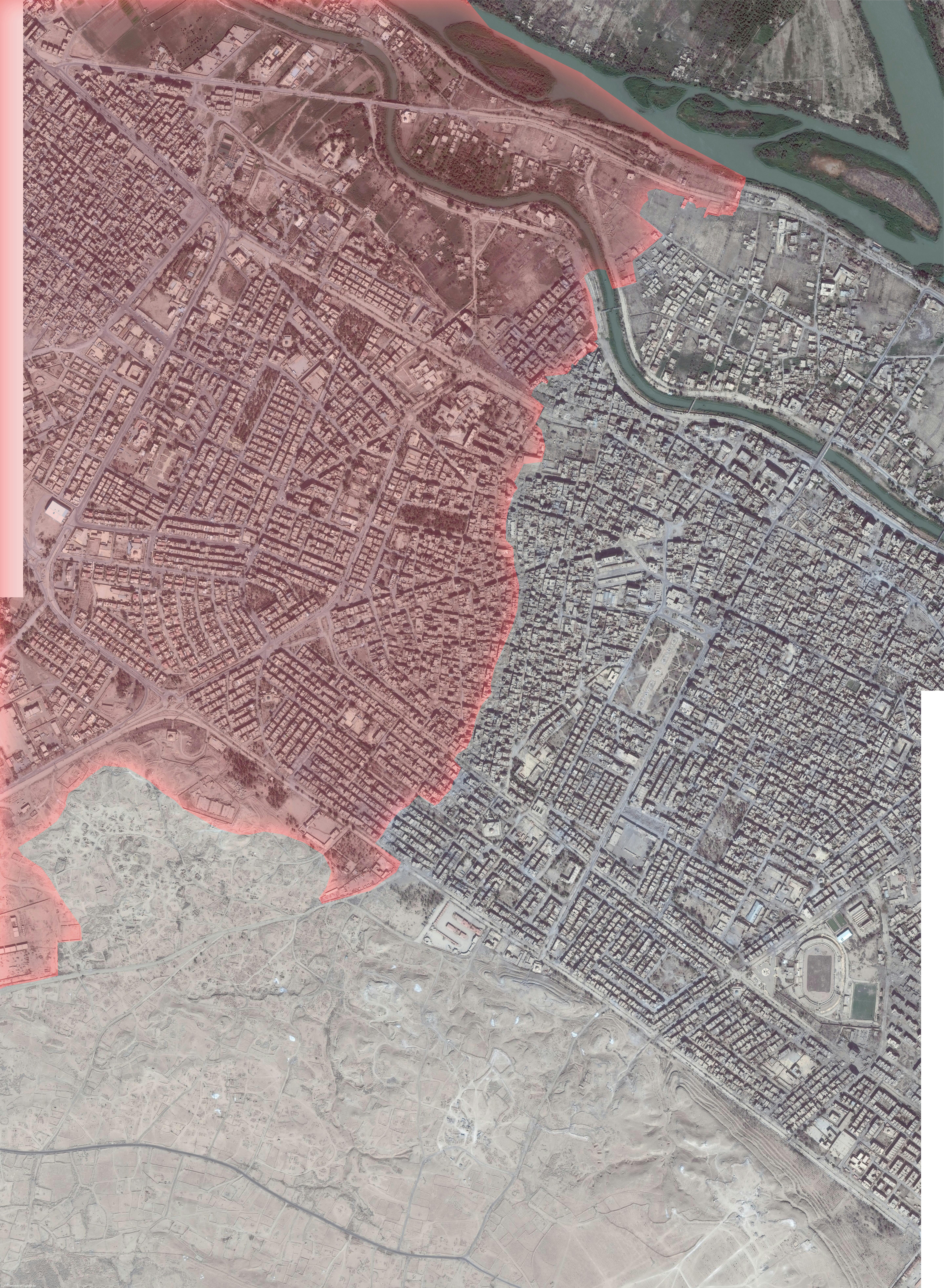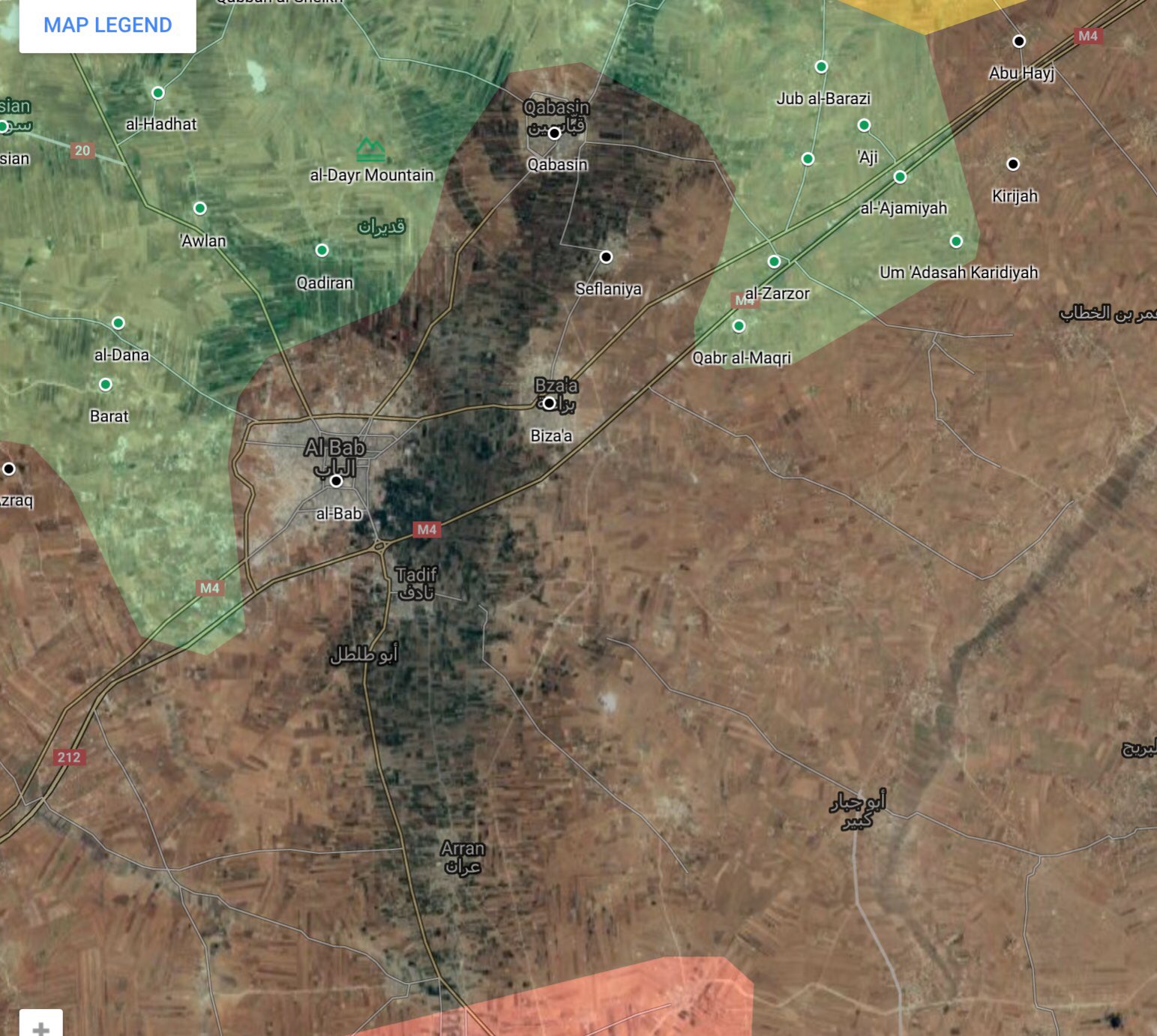The cost of the U.S.-led air war against the Islamic State has climbed to nearly $11 billion since its inception,
.
By the end of 2016, the Defense Department had spent $10.72 billion on Operation Inherent Resolve since the mission began in June 2014, up from
.
The
shouldered about two-thirds of the costs, or more than $6 billion. The
accounted for 17 percent; the
, 12 percent; and
, 8 percent.
Roughly 40 percent of all costs went to air support in the counterinsurgency fight, with more than 17,000 strikes launched to date. Munitions accounted for 22 percent of overall costs; logistical support was at 19 percent.
The U.S.-led coalition launched one of the largest airstrikes against ISIS
, Syria, on Dec. 8, destroying 168 enemy oil tankers. The following day, coalition aircraft also struck and destroyed 20 more tankers operating in the area.
Lt. Gen. Jeffrey Harrigian, Air Forces Central Command commander,
the operation, code-named Olympus, had been planned for weeks, with additional ISR aircraft such as the
plotting the militants’ every move.
“There would be a larger strategic message we sent to them: Nice try. We found you,” Harrigian said. “Keep trying to hide; we will hunt you down again.”
Yet June was the Air Force’s busiest month so far during the campaign, with
over Iraq and Syria. Operations last summer
.
During that period, the service deployed a wide variety of aircraft to the mission on three fronts — Fallujah and Mosul in Iraq, and Raqqa in Syria. The types of planes included the
;
;
;
; and intelligence, surveillance and reconnaissance aircraft armed with
, such as the
and
.
In both countries, the Islamic State has lost roughly half the territory it had seized since 2014, according to The New York Times.










